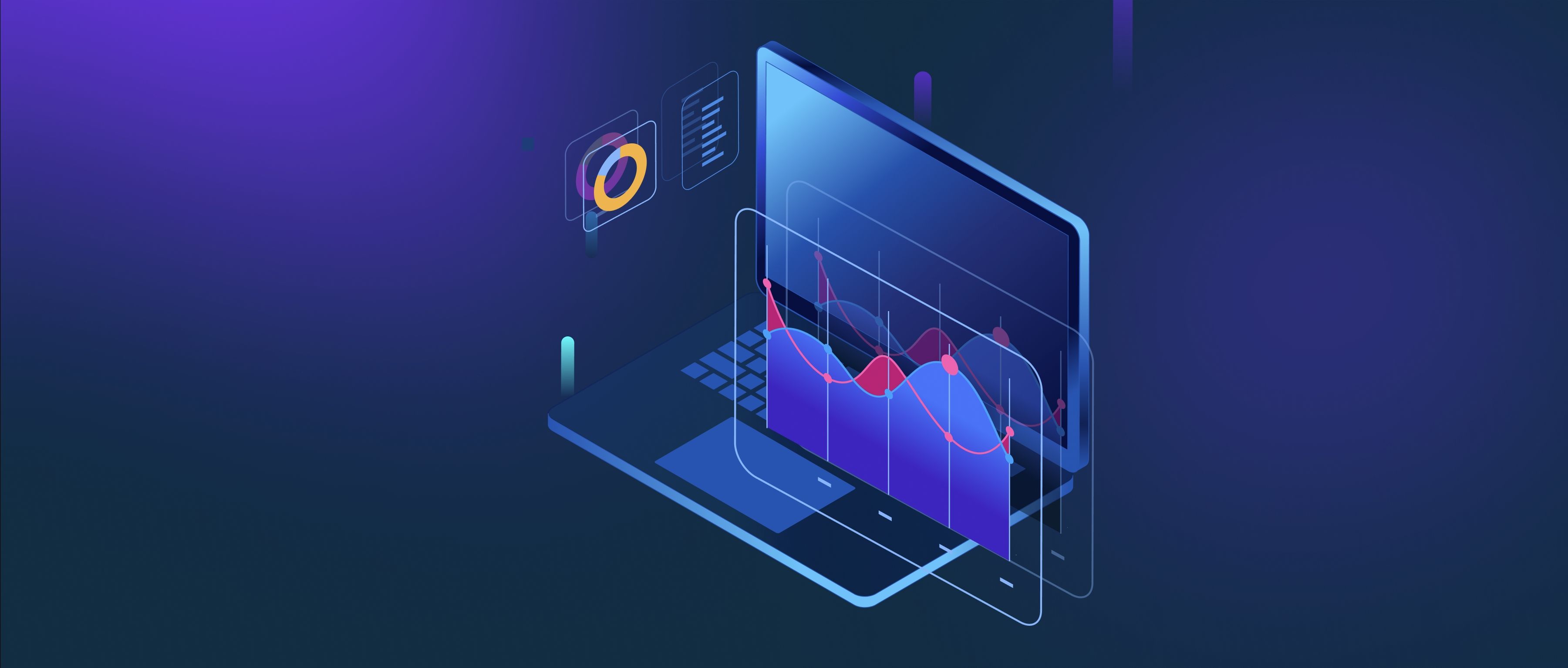Self-attention can be integrated into the diffusion process by incorporating it into the generation of images or data in a way that allows the model to consider the relationships between different parts of the data. Diffusion models work by gradually transforming noise into a structured output, typically using a series of denoising steps. By adding self-attention mechanisms, the model can focus on relevant features across the entire data space, improving the quality and coherence of the generated output.
One way to implement self-attention is during the denoising steps of the diffusion process. For example, at each step where the model attempts to predict the denoised sample from a noisy one, self-attention can be used to weigh the contributions of different parts of the input. This means that the model can learn to emphasize important features while ignoring irrelevant ones. For instance, in image generation, when reconstructing a face, self-attention will help the model recognize that elements like the eyes and mouth are crucial and should be treated as interrelated, ensuring that the features are consistently integrated.
Furthermore, adding self-attention can enhance the temporal or spatial dependencies within the data being modeled. For time-series data, self-attention can help capture how past values influence future predictions, making the model more robust. In contrast, for images, self-attention allows the model to focus on areas of the image based on spatial relationships. This integration can lead to improved performance in generating high-quality outputs, as the model benefits from understanding how different parts of the data interact, ultimately resulting in more realistic and coherent results in the diffusion process.
